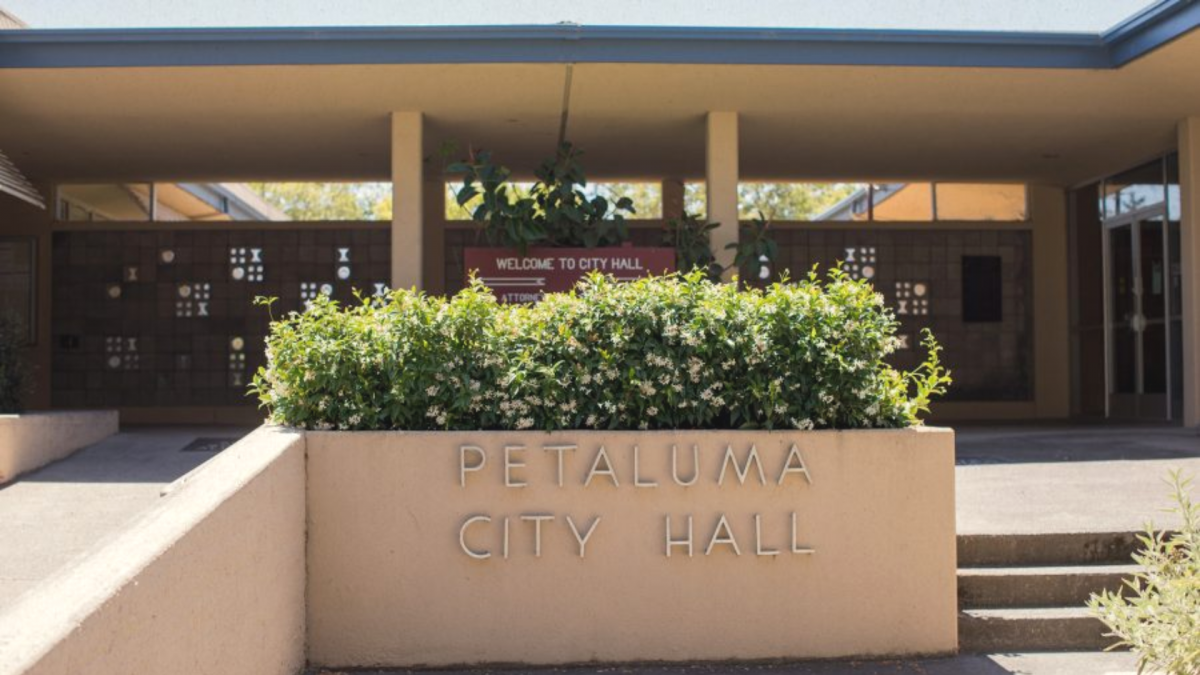Leadership strategies for cities experiencing workforce challenges
Taylor Buck is a program manager for the Institute for Local Government and can be reached at tbuck@ca-ilg.org.
Labor shortages, high staff turnover, and challenging recruitment cycles have become commonplace for employers, including city governments. At the start of 2022, state and local governments employed 695,000 fewer people than before the pandemic. Cities have struggled to recruit, retain, and develop their workforces. Many cities hired rapidly to fill the gaps only to find that other positions had been vacated.
Cities have also struggled with the cyclical cost of open positions, including the cost of advertising jobs, interviewing candidates, and onboarding new employees. Zippia, an online recruitment and job insights platform, found that it takes 36-42 days to fill a position and the average cost to employers is $4,700.
Existing employees often experience workload strain during the recruitment and onboarding process as they absorb the responsibilities of the vacated roles. This strain can overwhelm existing staff, leading them to pursue other job opportunities and creating a vicious feedback loop.
Despite these challenges, city governments have found creative and proactive ways to address workforce gaps and create sustainable organizations. From launching new professional development programs and career pipeline programs to redesigning recruitment tactics, cities are trying new strategies and taking cues from other sectors about how to excel amidst so much uncertainty.
Understanding today’s workforce
It is no secret that today’s employees have new expectations for the workplace. The pandemic resulted in one of the biggest resets in professional norms in modern history. Many workers now prefer remote work, require flexibility to take care of their loved ones, or both. People are also looking for more support from their employers to forge a path to upward mobility and ensure their work is making a visible, positive impact on their communities.
Before the pandemic, cities were historically perceived as prime employers thanks to their competitive benefits packages, job stability, and the chance to make a difference in the community. But some cities have lagged in the adoption of new technology and professional development practices. The pandemic also forced many cities to analyze their workplace practices for the first time in decades.
Although hybrid work started as a public health requirement, it has since become an important tool for employee satisfaction, retention, and recruitment. Regional Government Services and Probolsky Research recently confirmed these trends in a survey of local government employers and employees. They found that 78% of employee respondents want a remote or hybrid workplace, 92% believe hybrid workplaces are here to stay, and 71% say they would look for another job if their current employer suspended their remote work policy.
The survey also asked employers about productivity: 77% of employer respondents agreed that remote employees are more productive or maintain the same level of productivity as in-office workers. With employees largely preferring hybrid workplaces, and employers seeing sustained levels of productivity, cities have an opportunity to formalize their hybrid work policies and regain their position as prime employers.
However, hybrid work is just one tool that local government should consider. To remain competitive, cities should consider the full range of solutions at their disposal.
How Petaluma led through workforce challenges
When Peggy Flynn became the Petaluma city manager in 2019, the city was still suffering from the impact of the 2008 financial crisis. Positions were still unfilled from layoffs made during the 2008 recession, staff capacity was limited, and many employees were wearing multiple hats.
Moreover, employees did not have laptops, limiting their ability to collaborate in the office or work remotely. The city offered a robust benefits package, but more needed to be done to meet the staff’s wellness needs and expectations. So, city leaders began to look inward.
“We are the only full-service city in Sonoma County,” Flynn said. “So, it was really important to start with an internal assessment and work alongside staff to better understand the challenges and needs of an organization that wanted to model the vision and values of a full-service city inside and out.”
In November 2020, Petaluma voters passed a one-cent sales tax to help fill the city’s deficit and enhance its core services, such as fire prevention, road repairs, and public safety. A portion of the funds is also earmarked to help the city with its workforce stabilization efforts. These efforts included increasing salaries to market values, expanding professional development opportunities, updating job descriptions to be more inclusive, and reorganizing city departments.
Since launching these initiatives in 2021, the city has hired 92 new staff members. Recruitment efforts were also bolstered by making some creative additions to the benefits package. The city implemented an annual $500 wellness benefit that part-time and full-time employees can use for any personal health expenses. Additionally, the city expanded its paid parental leave policy to provide eight weeks of paid leave on top of existing state and federal policies.
In response to the COVID-19 pandemic, the city’s IT department successfully transitioned staff to remote work. Petaluma staff are still working in a hybrid environment and city leaders are continuing to adapt to employee and department needs. This process also allowed city management to rethink approaches for keeping city hall open to the public.
“During the pandemic, we focused on innovation and access,” Flynn said. “We homed in on the specific things people come to city hall for so we could be responsive, while accommodating our workforce, which was largely virtual. Even though staff was remote, we made sure that everything we offered the community was accessible and just a click away, in multiple languages.”
The city also emphasized the importance of assessing staff satisfaction and meeting employee professional development goals. Petaluma now administers an employee satisfaction survey that informs the management team’s approach to workplace culture. With buy-in from staff, city leaders tailored their policies and procedures to meet the needs of their workforce.
Petaluma is instituting a cross-training effort where newly hired management analysts will rotate across departments to learn about new challenges and opportunities. Flynn says this process will help new staff better understand the mission of the city and become more invested in the organization. It also helps managers identify emerging leaders and build career pathways for early and mid-career staff.
According to Flynn, understanding a city’s story and ensuring that staff play a part in it is priceless. She also urges city leaders to keep the employee experience at the center of their management strategy.
“Defining who you are as a city and making sure staff is your top priority is key,” Flynn said. “Employee satisfaction is super important. Understand their work environments. Go out in the field and see what your staff is dealing with and what they need. If you’re developing initiatives, make sure you’re doing it together as a team.”
Additional considerations for leadership
Many signs point to a possible recession in the near future. California cities should prepare for the unknown while continuing to adapt to downward financial pressure and new workforce realities. As case studies like Petaluma show, much can be accomplished with an intentional focus on employee well-being and appreciation.
Consistent and dedicated funding pools for competitive salaries and benefits should be paired with innovative thinking about workplace culture, career pathways, and diversity. Think tanks and policy experts have highlighted several examples in private and public sectors that can help cities meet their workforce challenges head-on, including:
- Establishing an internal mentorship program to promote continued learning and communication channels between managers and staff.
- Evaluating staff roles and anticipating the impact of turnover as roles are vacated and staff must temporarily take on new responsibilities.
- Promoting career advancement and goal-setting sessions with all staff to help build buy-in to the organization and succession planning.
- Meeting market-value salaries and offering competitive benefits to encourage staff longevity.
- Communicating the story and purpose of an agency to increase staff morale and ensure that staff are working toward a common purpose.
- Diversifying funding sources to achieve workforce development goals and taking small steps that are no-cost to get the conversation started.
- Reevaluating diversity and inclusion hiring practices to ensure job descriptions and interview processes are accessible to all potential candidates.
Today’s environment is full of new challenges, but it is also the opportunity to explore exciting new avenues to recruit and retain the next generation of workers. Mobilizing even one new workforce strategy to improve the employee experience can be impactful.
Ensuring that cities stay connected to their employees is key to attracting talent and meeting the needs of the current workforce. With effective communication, collaboration, and creative thinking, cities can maintain their standing as an employer of choice in their communities.
The Institute for Local Government has held several webinars exploring the biggest workforce challenges facing local governments, including ones on recruitment and retention, building career pathways, and best practices for hybrid workplaces.



